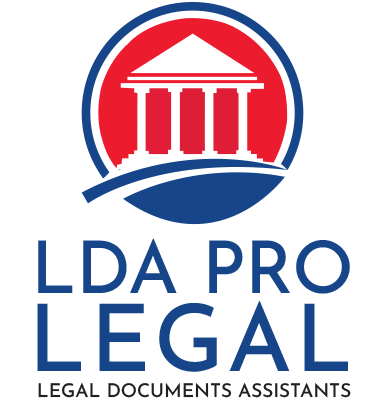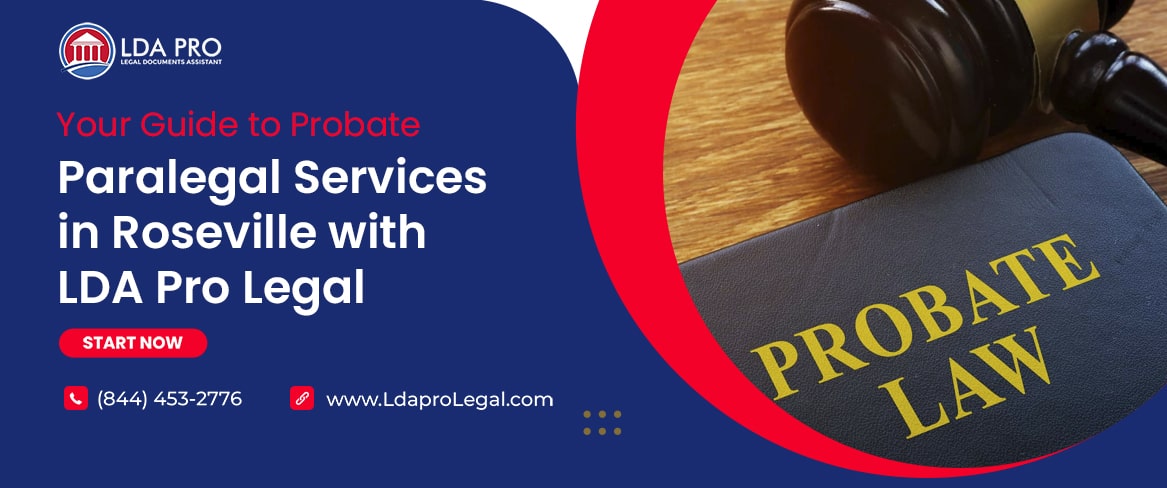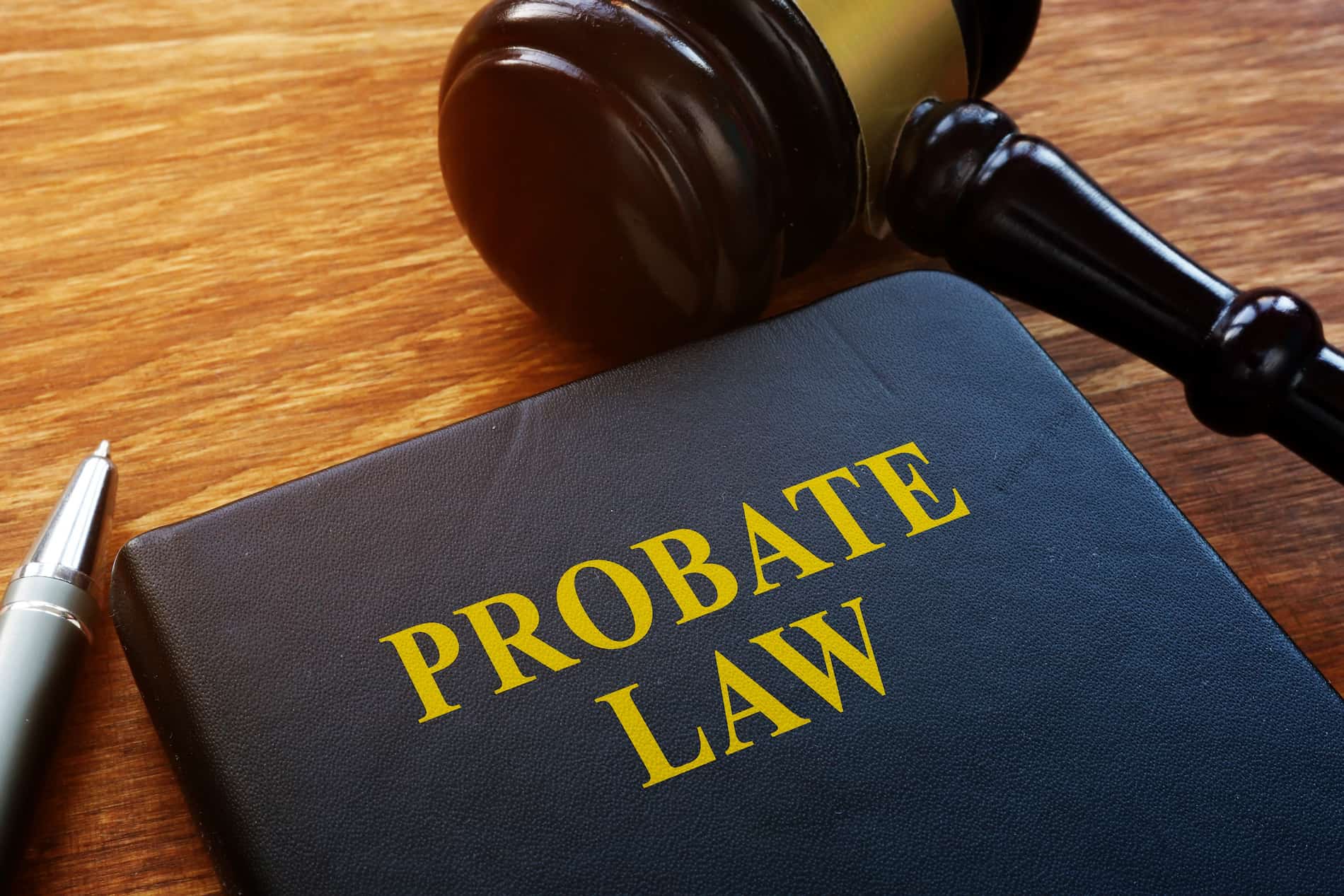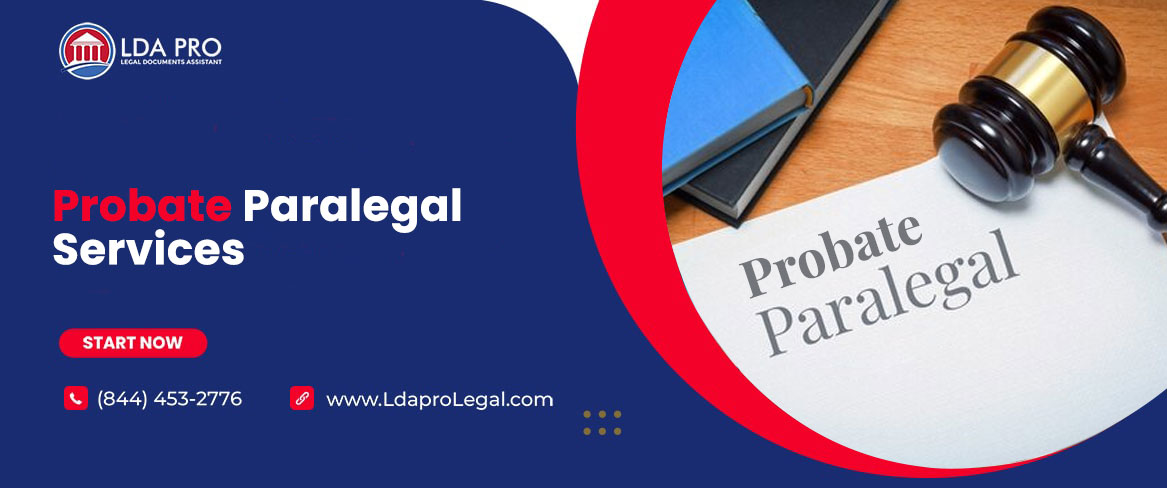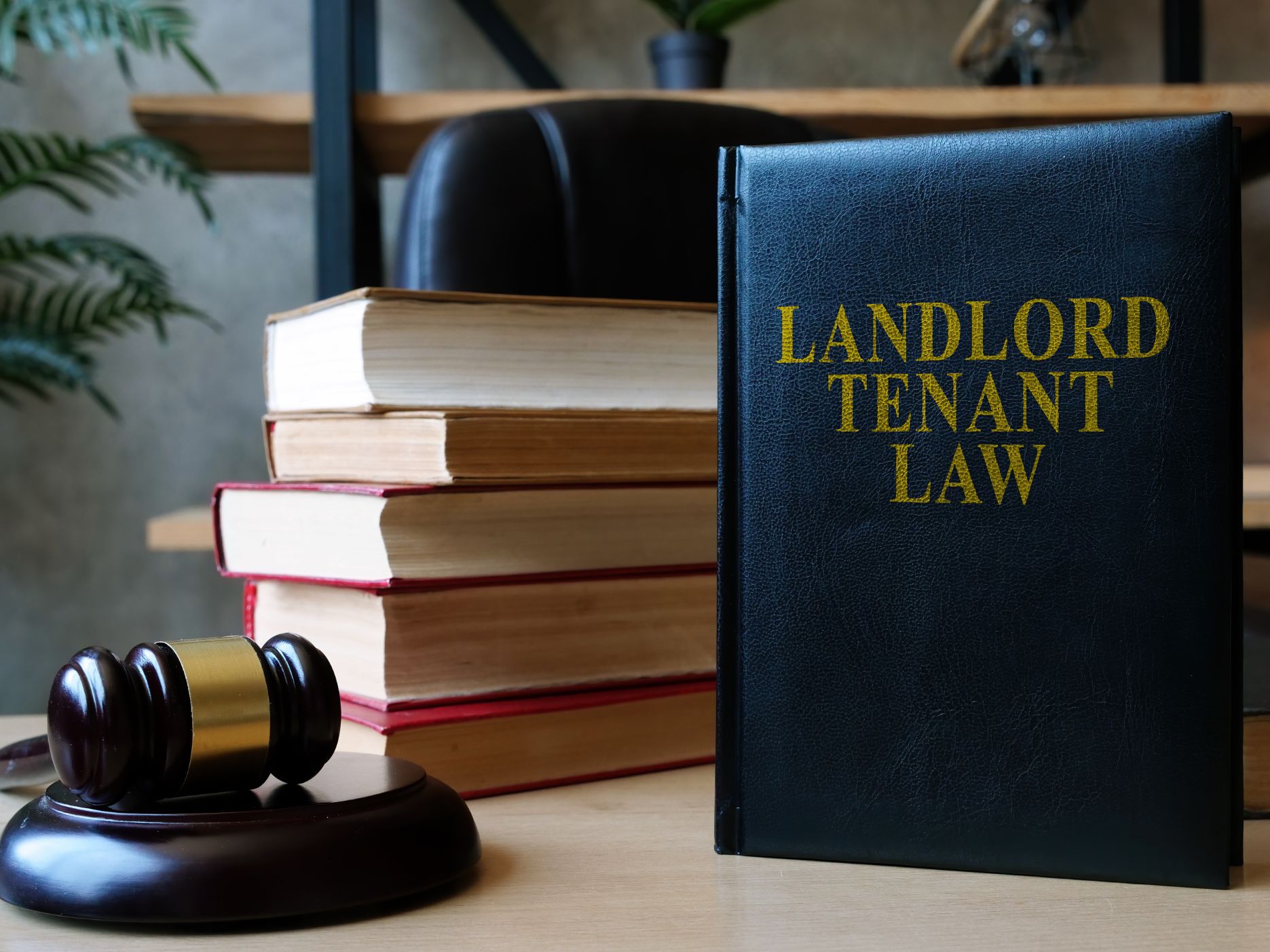Revocable Living Trusts: In the realm of estate planning, few tools offer the versatility and protection of a revocable living trust. As individuals and families seek to secure their assets and provide for their loved ones, understanding the intricacies of this legal instrument becomes paramount. LDA Pro Legal stands as your trusted partner in this journey, offering comprehensive guidance and support in establishing and managing revocable living trusts. This detailed guide explores the significance of revocable living trusts, the role of LDA Pro Legal in facilitating their creation, and the broader context of estate planning services, including Living Trust paralegal service and Paralegal services in Sacramento.
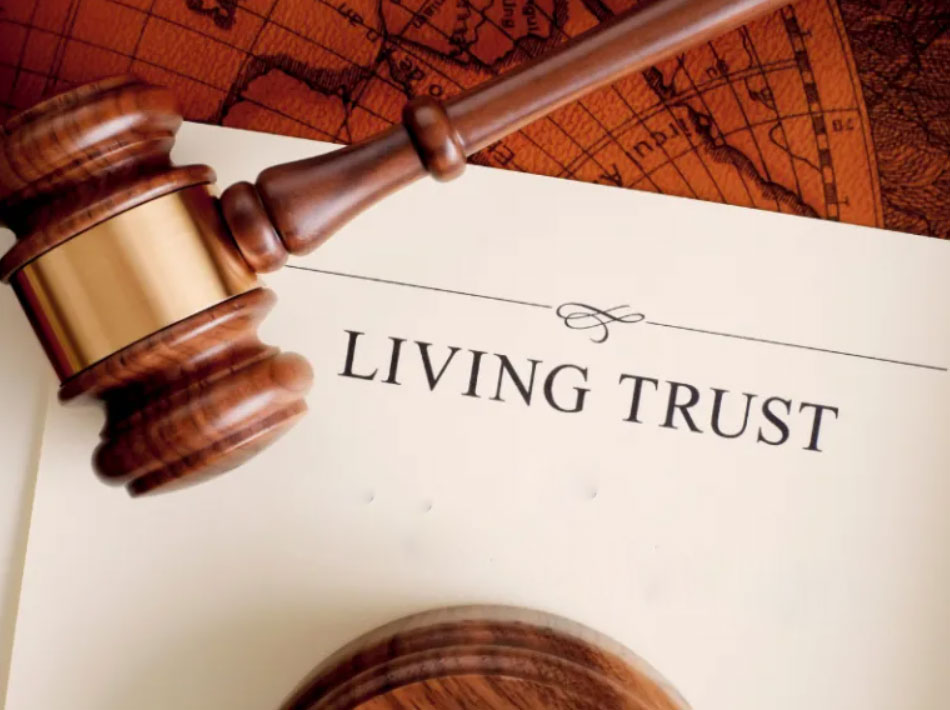
1. Unraveling the Versatility of Revocable Living Trusts:
At the heart of estate planning lies the revocable living trust, a powerful tool that allows individuals to dictate how their assets are managed during their lifetime and after their passing. Unlike wills, which only take effect upon death, revocable living trusts are effective immediately upon creation, offering flexibility and control over one’s assets.
2. LDA Pro Legal: Your Trusted Guide in Establishing Revocable Living Trusts:
Establishing a revocable living trust requires careful consideration and expert guidance. LDA Pro Legal serves as your trusted partner in this process, offering the expertise of Living Trust paralegal service and Legal Document Assistant support to ensure that your trust is tailored to your unique needs and objectives.
3. Understanding the Role of Living Trust Paralegals:
Living Trust paralegals play a crucial role in the establishment and management of revocable living trusts. From drafting the trust document to assisting with asset transfer and beneficiary designations, their expertise ensures that your trust is created and administered with precision.
4. The Comprehensive Support of Paralegal Services in Sacramento:
In addition to Living Trust paralegal service, LDA Pro Legal offers a comprehensive range of Paralegal services in Sacramento to support your estate planning needs. Whether you require assistance with drafting legal documents, navigating probate proceedings, or addressing complex legal issues, our team is here to provide the guidance and support you need.
5. Flexibility and Control: The Advantages of Revocable Living Trusts:
One of the primary advantages of revocable living trusts is the flexibility and control they afford individuals over their assets. Unlike wills, which are subject to probate and become public records, revocable living trusts allow for the private transfer of assets to beneficiaries, potentially avoiding the time-consuming and costly probate process.
6. Tailored Solutions for Your Estate Planning Needs:
At LDA Pro Legal, we understand that estate planning is a highly personal and nuanced process. That’s why we offer tailored solutions to meet your unique needs and objectives. Whether you’re establishing a revocable living trust, updating your estate plan, or addressing complex legal issues, our team is committed to providing the guidance and support you need to achieve your goals.
7. Conclusion: Securing Your Legacy with Confidence:
In conclusion, the establishment of a revocable living trust is a powerful tool in securing your legacy and providing for your loved ones. With the expertise of Living Trust paralegal service and Paralegal services in Sacramento, LDA Pro Legal is here to help you navigate the complexities of estate planning with confidence. Contact us today to learn more about how we can assist you in achieving your estate planning objectives. Visit Us Today!
